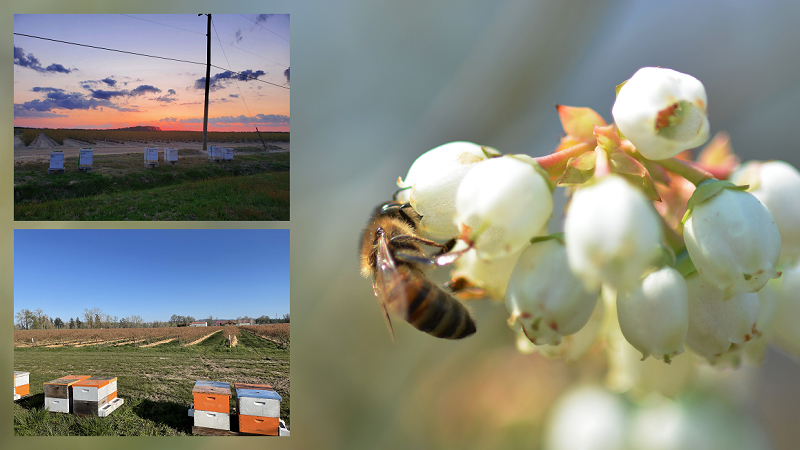The Barn Owl Boxes Of Belle Glade
As you travel throughout the flat, vast, and mainly treeless landscape of the Everglades Agricultural Area (EAA) near Lake Okeechobee in South Florida, you can’t help but notice tall poles with small wooden boxes balanced on top of them throughout the region.
One can’t help but wonder what they are. Some sort of bird house, is what most people assume. But what kind of birds … and why?
Rodents. That’s the answer to the “why” part. Primarily rats, mice, and rabbits, which cause millions of dollars in damages annually to crops grown in South Florida. Crops like sugar, rice, vegetables, sweet corn, and sod. Not only do rodents destroy and contaminate crops, they damage equipment and structures with their gnawing and can spread human diseases.
Owls, more specifically, barn owls, is the answer to “what kind of bird?” In the 1990s, University of Florida professor Richard Raid was concerned that agricultural areas relied too heavily on chemical rat poisons. The university initiated a nesting box program in the EAA in 1994. By building and placing nesting boxes along ditches and canals surrounding farmlands, Dr. Raid has watched barn owl populations south of Lake Okeechobee rise to a point where they’ve had a significant impact on rodents.
At Work On The Farm
Students Lend A Hand









